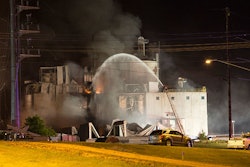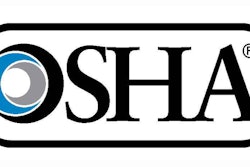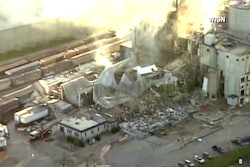At a chemical facility, it’s easy to take everyday processes for granted.
Take, for example, a water cooling system that pulls in seawater and cleans it using a process similar to how swimming pools are treated.
Imagine, if in this scenario, if this scene unfolded: You’re working with chemicals that are typically used in small quantities and are not egregiously dangerous. If they were spilled on you, the effects would likely be mild.
You’re not sure what the exact composition of the chemicals are — it’s the supplier’s trade secret — but they are different kinds of anti-scaling biocide chemicals.
You’re working at a 50-gallon drum and refilling it with a few drops of each needed chemical when you suddenly realize that you’ve added the wrong type of chemical and triggered a toxic gas release. You sense the toxic gas because you feel heat coming off of the drum and notice that the smell is off.
What do you do?
- Hold your breath and get the job done. Since you’re not working with a large volume of chemicals, it’s not likely to be very dangerous.
- Figure out what you did to set off the reaction, and add more of the right chemical to correct the reaction.
- Get out of the area immediately and report the gas leak to the appropriate safety manager in the plant.
SCROLL DOWN TO SEE THE BEST ANSWER.
C. Get out of the area immediately and report the gas leak to the appropriate safety manager in the plant.
According to John Crosman, a process safety expert with Sphera, which develops environmental health and safety software, if there’s a gas release, there’s nothing to do but evacuate. You’ll have to step back from the situation to figure out what went wrong, and then likely dump the material from the drum and start over.
Of course, this answer may seem a bit obvious. The real lesson here, Crosman says, is noticing how easy it is to take a situation like this for granted. Once while doing a safety analysis for a company, Crosman says he helped safety plant managers realize that possibility for a gas release with their water cooling system — a situation they hadn’t seriously considered.
“The real danger is that everyone thinks these things are very common, so they are safe. But there is still the potential for risks,” Crosman says.
And while a gas release of this size may not be deadly, they can still do harm for any workers nearby.





















